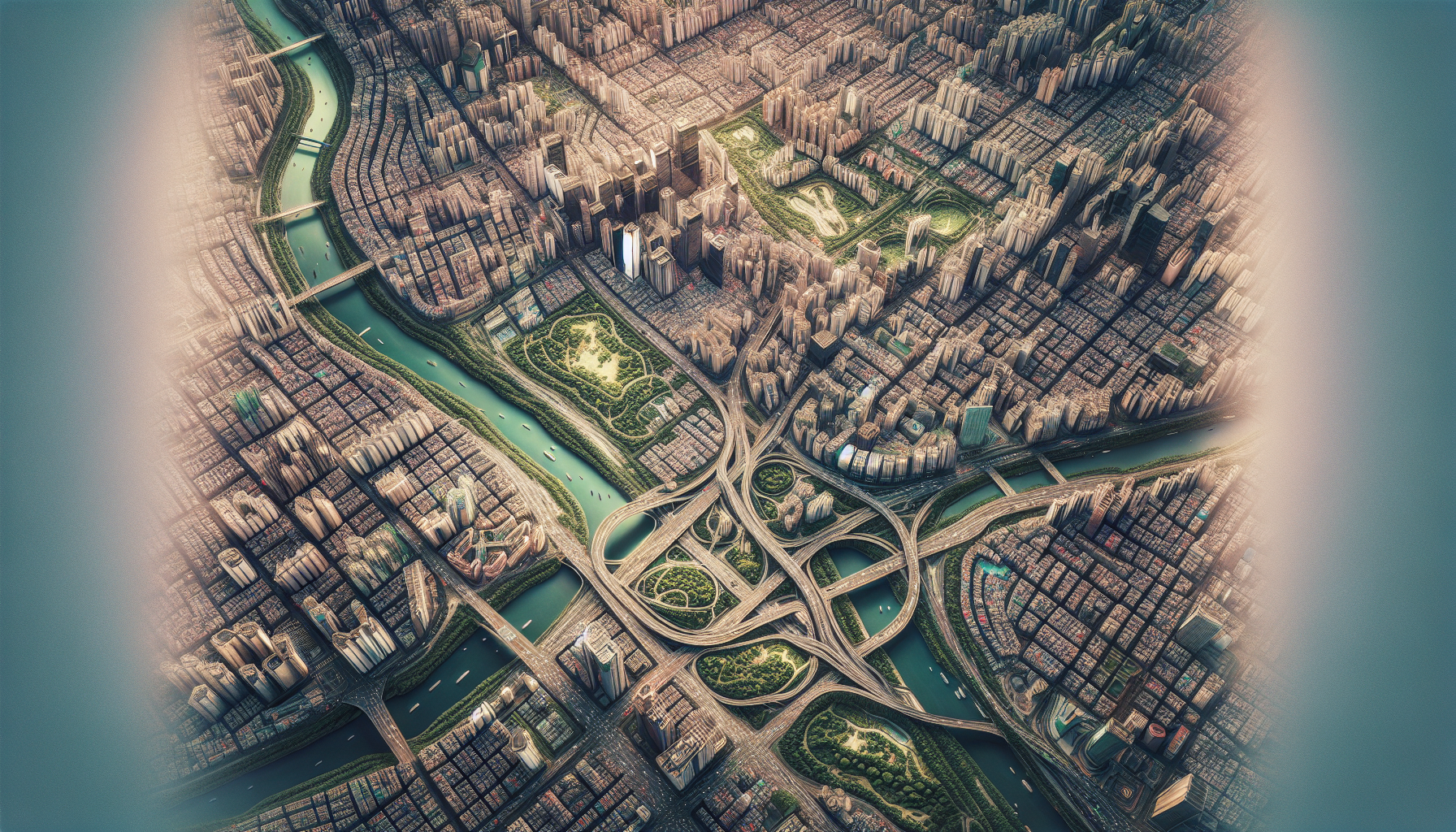Green infrastructure has gained momentum in the world of urban planning. City leaders and developers are increasingly recognizing the importance and utility of integrating natural elements into urban design.
From green roofs and urban parks to permeable pavements and rain gardens, green infrastructure is transforming our cities into more sustainable, healthier, and livable spaces.
Green infrastructure refers to a strategically planned network of natural and semi-natural areas designed to deliver a wide range of ecosystem services. In urban areas, these include water purification, air quality improvement, temperature regulation, and recreational spaces. Besides these ecological benefits, green infrastructure also has significant socio-economic implications.
Let’s dive deeper into how green infrastructure is redefining urban planning.
Bridging the Nature-City Divide

Traditional urban planning has often been criticized for its hard lines, delineating city and nature as separate entities. Green infrastructure challenges this binary approach by intertwining natural elements within city spaces.
Green roofs and walls are a popular manifestation of this approach. These vegetated surfaces not only enhance the aesthetic appeal of urban structures but also offer a host of environmental benefits. They provide natural insulation, reducing the need for artificial heating and cooling, and absorb stormwater runoff, mitigating the risk of flooding.
Rain gardens are another excellent example of green infrastructure. These serve as natural filtration systems, capturing and cleaning stormwater before it reaches the sewer systems.
Socio-economic Benefits
Green infrastructure also plays a crucial role in enhancing the socio-economic fabric of cities. Urban parks and green spaces offer recreational opportunities, encouraging physical activity, and consequently, improving public health. The presence of these green spaces can also increase property values, boosting the local economy.
Green infrastructure can also promote social cohesion. Community gardens and urban farms not only provide fresh, local produce but also serve as community gathering spaces, fostering social interaction and community-building.
Adapting to Climate Change
Climate change has instigated an urgent need for cities to adapt and build resilience.
By managing stormwater, reducing heat islands, and improving air quality, green infrastructure offers an effective solution for climate adaptation.
For instance, the use of permeable pavements can help manage stormwater and reduce the risk of urban flooding. These surfaces allow rainwater to percolate through, recharging the groundwater levels, and reducing stormwater runoff.
Similarly, urban forests and tree-lined streets can help mitigate the urban heat island effect.
Through shading and evapotranspiration, they can significantly reduce city temperatures, contributing to a more comfortable urban environment.
In a rapidly urbanizing world, it is crucial to rethink our approach to urban planning and development. Green infrastructure, with its myriad benefits and applications, offers a promising pathway towards sustainable and resilient urban futures. Today, it stands not just as an option, but a necessity in creating liveable cities for the generations to come.
Leave a Reply